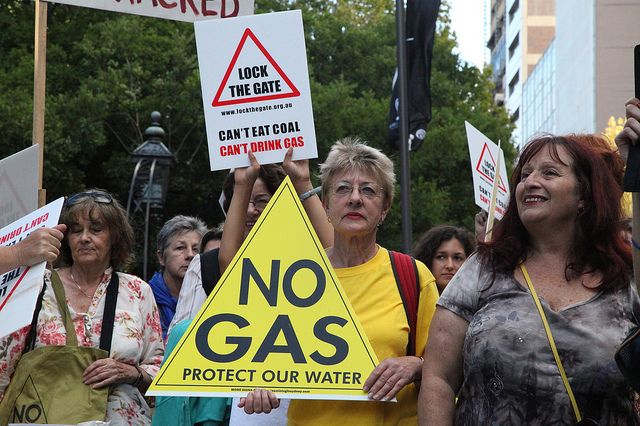
Beyond Zero Emissions released the statement below on March 28.
A new WorleyParsons report states that gas plants can have higher emissions than even the worst coal plants, but underestimates the problem by relying on misleading assumptions.
Understating the true level of coal seam gas (CSG) emissions will lead to massive gas fields being approved, on the basis of this type of report, leading to serious under estimation of the emissions impact of CSG.
It will also allow companies, including major clients of WorleyParsons, to avoid hundreds of millions of dollars through carbon liabilities that would be need to be paid if emissions were properly accounted for.
“Deliberately failing to measure and ignoring potentially massive carbon liabilities is tax evasion,” said Matthew Wright, Executive Director of climate and energy security research organisation Beyond Zero Emissions.
This report illustrates the clear need for a comprehensive independent measurement and research of lifecycle emissions of gas. It is simply not adequate for government and investors to rely on research from companies with half billion dollar contracts with oil and gas proponents, who would benefit enormously from underestimation of emissions.
WorleyParsons has a 500 million dollar contract to develop an LNG field for QGC.
How does the report understate the true emissions of gas?
Despite highlighting that Australian emissions are based on outdated research, the report still uses this for the basis of its own calculation in the “Base case”. Therefore, the paper seriously understates the problem of gas fugitive emissions by making overly optimistic base case assumptions and significantly under estimating the potential worst case.
WorleyParsons are calling the average measured emissions from actual gas fields the potential “worst case”, and assuming an imaginary (unproven and untested, without field data) best practice to be the “base case”.
Wright said: “The grossly optimistic best case is plucked straight from industry proponent Environmental Impact Statements. It assumes a fanciful leakage rate of 0.1% and zero venting of methane, when it is well known and documented that venting is routine.
“The document goes on to assume 4.38% gas leakage as the “worst case”. This is 44 times worse than current industry claims, but it still a gross underestimation”
“The 4.38% is an average, not a worst case. It is from actual measurements of an unconventional gas field in Colorado. The National Oceanic and Atmospheric Administration (NOAA) study that the WorleyParsons paper refers to found leakage rates of up to 7.7%. If the report cites this report, it should use the report’s worst case, not the average.
“But a more credible ‘worst case’ would be closer to 15% of total well yield based on actual measurements made by the US Department of Energy in the coal seam gas fields of the Powder River Basin in Wyoming.
“If the these levels of fugitive emissions are occurring in Australia, and prima facie it is reasonable to assume that this is likely, then projects would be far less likely to gain environmental approval, and existing operations would incur massive carbon liabilities of hundreds of millions of dollars annually, even with a low carbon price.”
The report does, however, make some welcome and important findings
The report acknowledges that the accounting of fugitive emissions in Australia still relies on “out of date” assumptions from the 1990s in the US American Petroleum Industry Compendium, some of which have since been revised upwards by factors of over 8000.
It shows that exported coal seam gas can have worse emissions than even extremely inefficient brown coal power plants when compared over the crucial 20 year time-frame.
The report also highlights that exported Australian gas will not actually replace any coal plants in Asia, but will displace renewable energy instead.
And most disturbingly, it acknowledges the possibility of “migratory emissions” escaping via abandoned wells or other geological pathways, which would lead to even higher rates of fugitive emissions, but unfortunately fails to go into detail on this.
“With the release of this report the idea of gas as ‘clean energy’ is now dead and buried alongside ‘clean coal’,” said Wright.
”Beyond Zero Emissions welcomes the release of the WorleyParsons paper on the lifecycle greenhouse gas emissions of LNG as a step in the right direction, despite some serious flaws, but continues to call for the release of the more comprehensive report that has been suppressed by the Worley board since its completion in August last year.”
